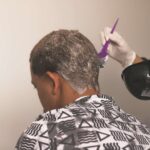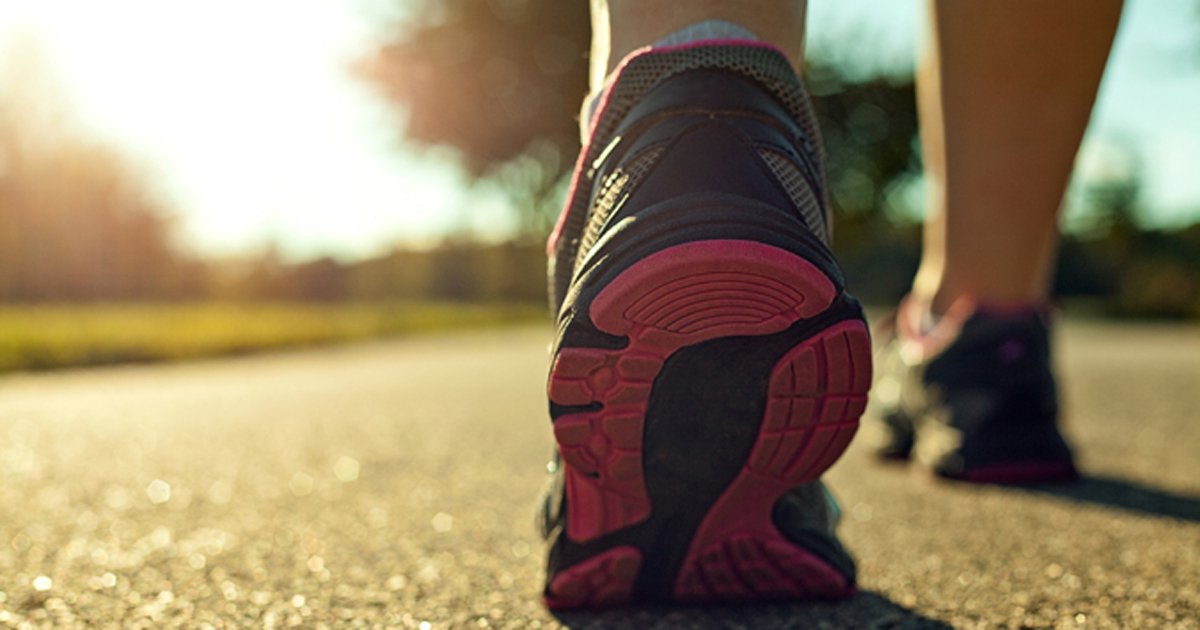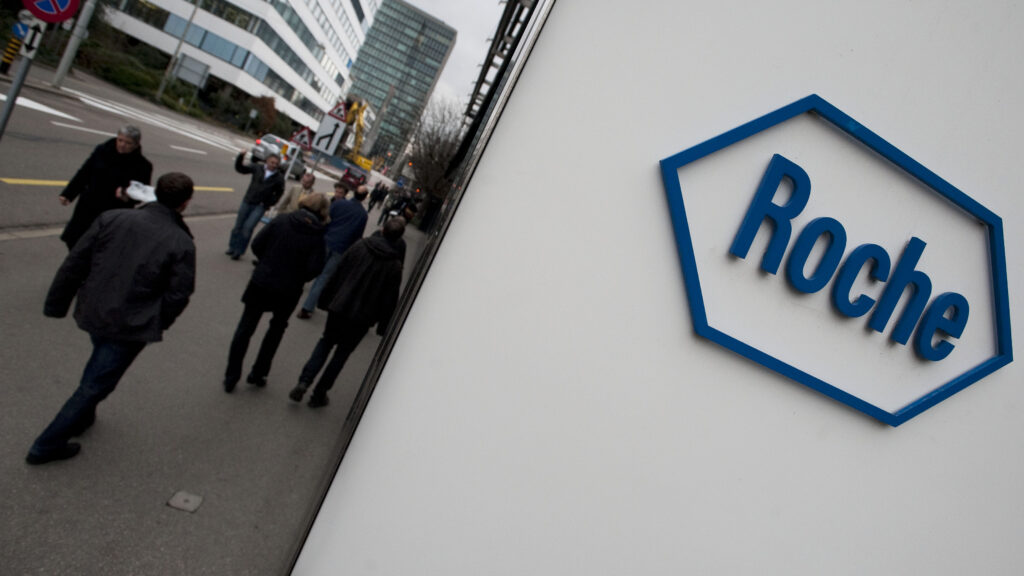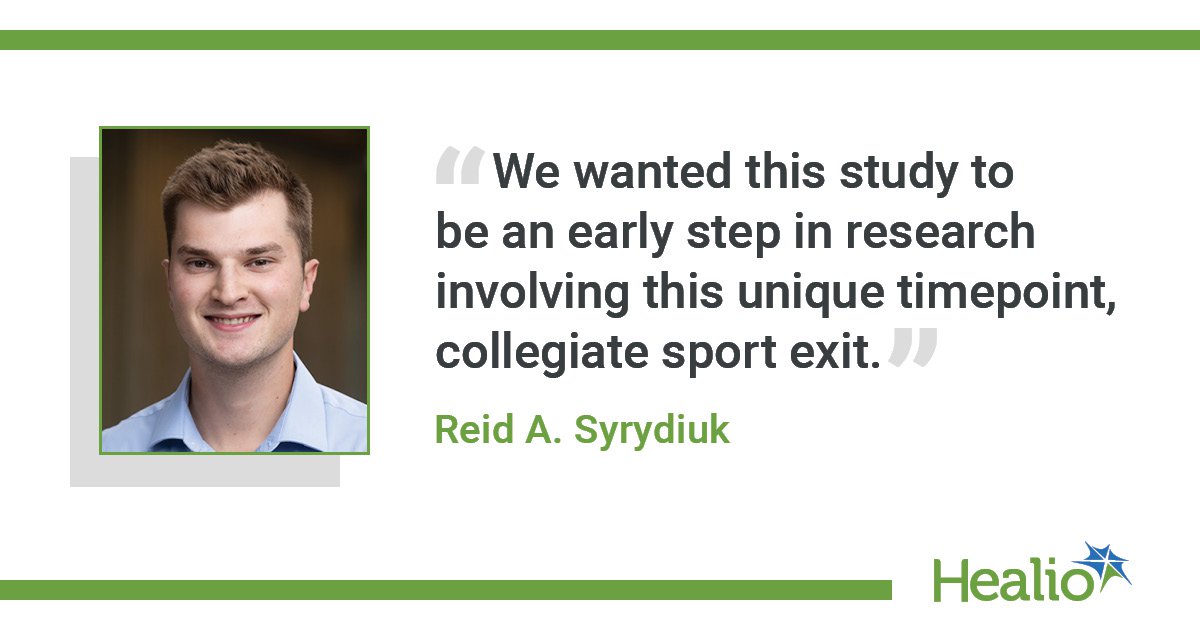August 04, 2025
2 min read
Key takeaways:
- Visual field loss was slower in patients with higher physical activity even after adjustment for glaucoma severity.
- Physical activity could be a way to help with glaucoma through lifestyle modification.
Slower visual field loss in patients with primary open-angle glaucoma was linked to greater physical activity, suggesting opportunities for lifestyle modification, according to a study published in Journal of Glaucoma.
“[Physical activity] can benefit general health issues associated with aging and may offer protective effects against age-related neurodegenerative diseases,” Je Hyun Seo, MD, PhD, of the Viterbi Family Department of Ophthalmology at Shiley Eye Institute, and colleagues wrote. “Previous studies have shown that [physical activity] can improve ocular perfusion pressure and increase the level of brain-derived neurotrophic factor. However, the impact of [physical activity] on preventing glaucoma progression remains unclear.”

Slower visual field loss in patients with primary open-angle glaucoma was linked to greater physical activity, suggesting opportunities for lifestyle modification. Image: Adobe Stock
Seo and colleagues conducted a longitudinal study of 131 eyes of 80 patients with primary open-angle glaucoma in the Diagnostic Innovations in Glaucoma Study and the African Descent and Glaucoma Evaluation Study.
At baseline, all patients self-reported physical activity levels using the General Practice Physical Activity Questionnaire, which classified them as inactive, moderately inactive, moderately active or active. The answers were used to categorize each patient’s walking pace as well as to calculate energy expenditure using metabolic equivalents of task (MET)-minutes.
The researchers compared physical activity levels to losses in visual field mean deviation using univariable and multivariable linear mixed-effects models. The multivariable analysis factored in age, sex, race, BMI, hypertension, diabetes, IOP and baseline visual field mean deviation.
In the univariable analysis, there was a significant link between slower visual field loss and being in the active category vs. the inactive category (P = .041), but there were no significant links with the moderately active or moderately inactive categories. A greater number of MET-minutes was also associated with significantly slower visual field mean deviation loss (P = .036).
The multivariable analysis also showed significant links between slower visual field mean deviation loss and higher MET-minutes (P = .024). There were no links to walking pace or the categories of physical activity level.
“This longitudinal study demonstrated that higher self-reported [physical activity] amounts were associated with a slower rate of [visual field] progression in patients with [primary open-angle glaucoma] even after controlling for the severity of glaucoma,” Seo and colleagues wrote. “As this observation is derived from a cohort receiving long-term glaucoma management, it may indicate the presence of an additional factor beneficial for glaucoma control that can be achieved through lifestyle modifications.”











